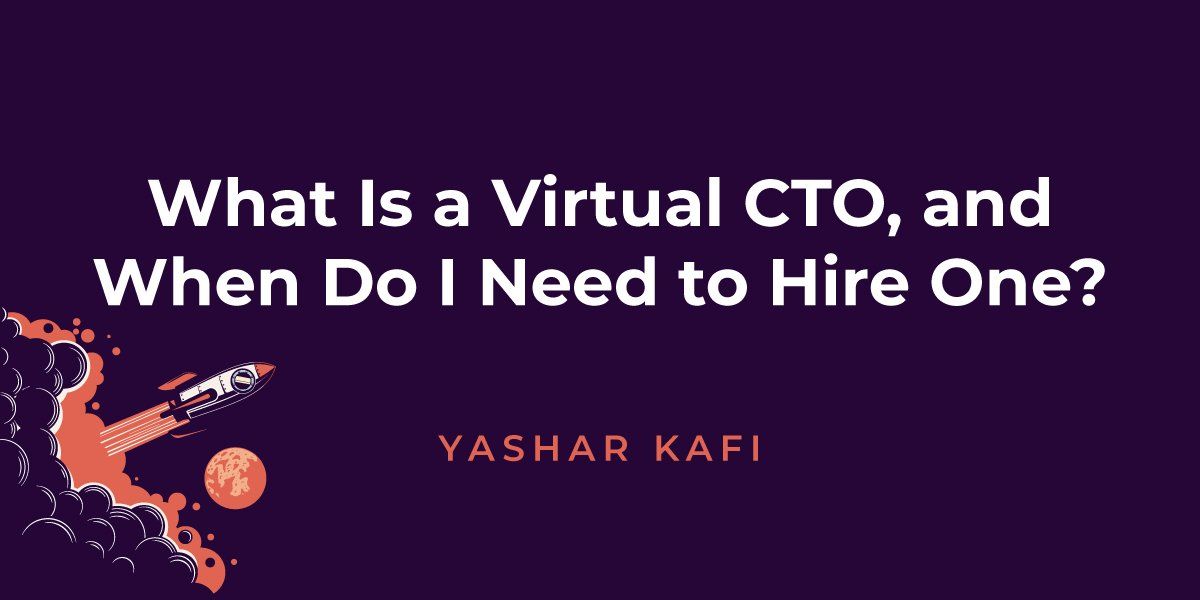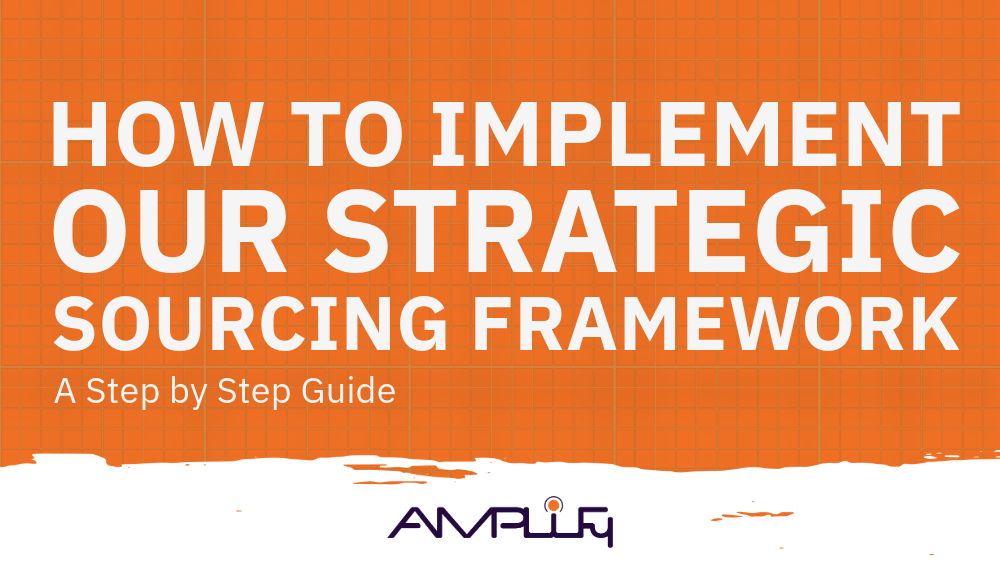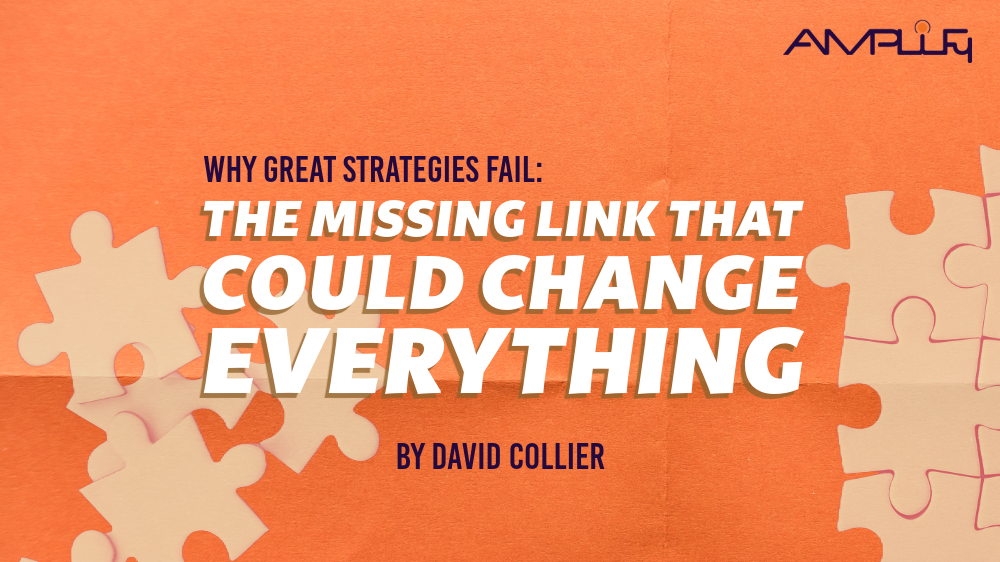What Is a Virtual CTO, and When Do I Need to Hire One?
With today’s workplace evolving at a breakneck pace, businesses are relying more on modern technology to keep up, including adding virtual CTOs to their ranks. So, what is a virtual CTO, and do you need to hire one at your organization? We will cover all of this and more to help you decide whether or not enlisting the services of a virtual CTO is your best bet.
What is a Virtual CTO?
Going on its second full year, the pandemic has been the catalyst propelling companies—ready or not—into the digital age. More operations need to adapt their day-to-day processes with a digital approach. According to a
Gartner survey, 58% of respondents have already been—or are planning on—investing in emerging technology.
Here’s where hiring a virtual CTO comes in handy, as someone needs to lead your team in successfully implementing this cutting-edge digital tech you are investing in. Unless you have someone skilled who can ensure you have a scalable infrastructure in place, paired with a solid strategy for continuous growth going, your money will have been spent in vain.
Technologies alone can’t transform your company—you must have workers who understand how to make the technology work for your goals. This is exactly what a Virtual CTO does—all from a remote location.
What Are Common Tasks of a CTO?
We have covered a Virtual CTO’s main objective and role within an organization, but what about how this will look in real life, day-to-day operations? What are the typical tasks of a CTO, exactly?
The role of the CTO is multi-faceted, requiring these individuals to step into roles that were otherwise solely assigned to others. For example, today’s modern CTOs are being called on to take on functions previously performed by a CIO and a VP of Engineering, among others.
Peter Shankar, a CTO at Equity Multiple, described the evolving—and expanding—state of today’s CTO responsibilities. “[The role of a CTO] is dynamic… You’re wearing a lot of different hats. You really can’t confine yourself to one way of thinking… You’re immersing yourself in so many different verticals.”
To give you a clearer idea, any regular “To Do” list on a CTO’s daily itinerary might include:
· Leading the IT team and setting IT goals
· Managing funds set aside for IT purposes
· Enforcing IT best practices for optimum results and performance
· Hiring engineers and overseeing/coordinating their training, and much more
Outsourcing a CTO or Insourcing a CTO
With the world being forced to embrace remote working and the online world, like it or not, many companies are exploring bringing on virtual employees, including Virtual CTOs. There are pros and cons to going this route and outsourcing a CTO versus in-sourcing one.
For instance, with local talent sometimes being scarce, outsourcing allows companies to choose from a global talent pool, where the exact skill sets they are looking for are in ample supply. Outsourcing a CTO also can save companies a lot of money, as domestic salaries can be significantly higher than those abroad—not to mention the bonuses and incentives that internal employees usually expect.
On the opposite side, internal CTOs admittedly offer certain advantages, including their physical presence: They are there day in and day out, ready to act the moment anything arises. They also are already familiar with how your organization operates, which is an understanding that makes everything else they do smooth. The good news is that hiring the right CTO, like AMPlify—who can quickly dive in and get a real handle of your company’s exact needs and vision—can allow you to have the best of both worlds.
When Do I Need to Hire a CTO?
Do you need someone with long-term technology vision and strategy, technical proficiency, a solid knowledge of the industry, and ideas to level your tech project up? That’s your neon sign to run (not walk) to hire a CTO to lead you forward. However, before taking this ultimate leap, it would be wise to speak with a technical advisor.
Are you ready to take your operations to the next level with an A-list Virtual CTO? AMPlify is here to help. Contact us today to explore how our virtual CTO services can serve you.




